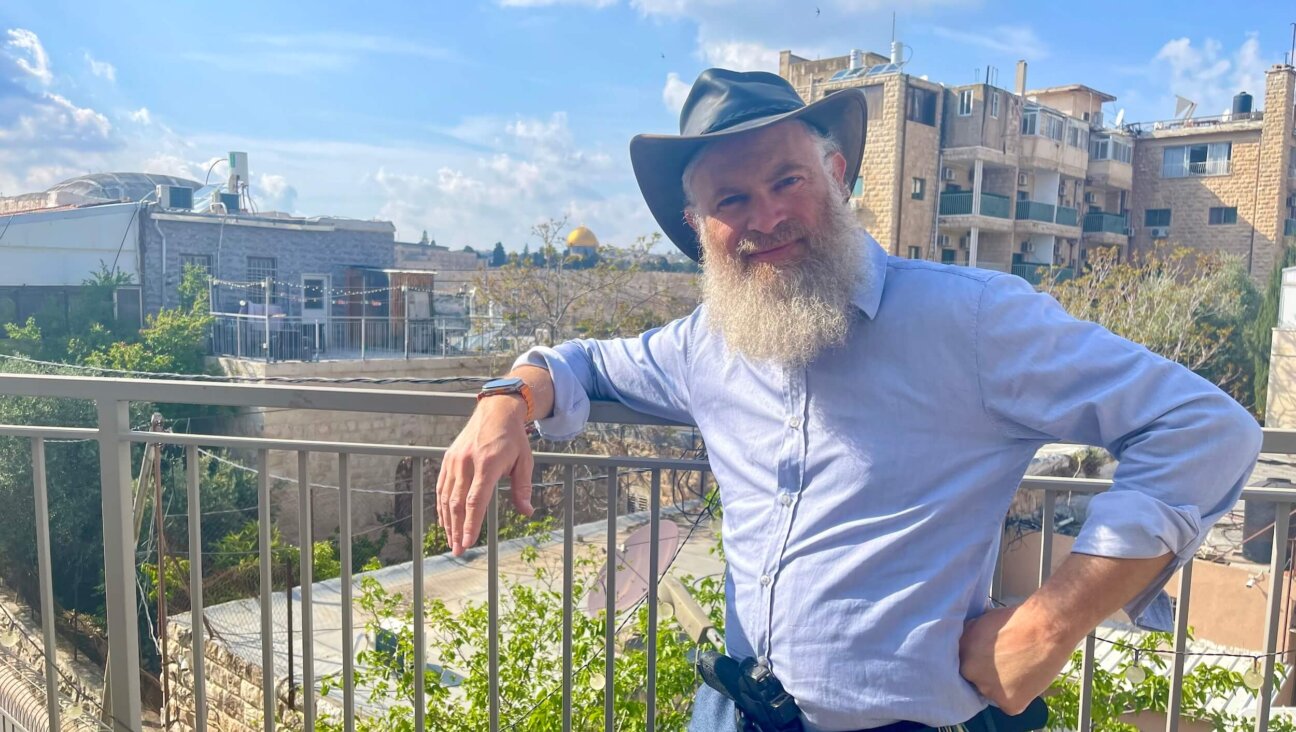A Fruitful Meal
If you thought Passover was the only holiday with a Seder, you’re in for a surprise. In the 16th century, Rabbi Isaac Luria and other kabbalists in Tzfat created a Seder framework for Tu B’Shvat, the Jewish New Year of Trees. This year, Tu B’Shvat falls on February 3, and the holiday’s Seder involves eating and blessing fruits, particularly those native to Israel, and holding discussions associated with the day’s meanings.
Anna Stevenson is the curriculum development director for Hazon, a New York-based group that coordinates produce-sharing with farms and fosters Jewish environmental activities. She has held Seders for the past two years, and is planning yet another one for the organization.
“There’s no Halacha about the holiday,” Stevenson said. “It can be at a home or a synagogue. It can be led by anyone. Depending on interpretation, the fruit can be dedicated toward Zionistic ends, personal growth or environmental ends.”
Four cups of wine are used at the Seder, the same as Passover. Participants begin with white wine, then red, then move on to a white and red combination, and then a drop of red in a glass of white. According to Stevenson, the ritual symbolizes the moving light and darkness of the seasons.
The fruits involved represent “realms of being,” Stevenson said. Fruits with a hard shell but a soft interior, like pistachios and coconuts, represent “parts of us that are hard on the outside, and how we have to get back to becoming open and vulnerable.” Fruits that are completely soft, like grapes, berries and raisins, and fruits with peels, like oranges, pomegranates and avocados, are also used.
The ideal Seder contains 30 kinds of fruit with various characteristics.
“The thread of the holiday is appreciating Mother Earth,” said Rabbi Arthur Waskow, director of Philadelphia’s Shalom Center and one of the editors of the book “Trees, Earth, and Torah: A Tu B’Shvat Anthology” (Jewish Publication Society, 1999).
Tu B’Shvat discussions began with talmudic sages Hillel and Shammai, and the holiday is mentioned in the Mishnah. The holiday’s religious origins lie in the biblical ban on harvesting a tree’s fruit until the tree reaches a sustainable age, as measured in the passage of years dated from a midwinter mark, the 15th of the month of Shvat — the trees’ new year. The Diaspora attempt to infuse the agricultural measure with spiritual meaning began with the kabbalists some 500 years ago, but today it is regaining prominence in Jewish communities.
“A combination of American interest in the environment, tree planting in Israel and Zionism made Tu B’Shvat more popular,” Waskow said.
Stevenson concurs: “It became the Jewish environmental holiday, coincident with the creation of Earth Day in the late 1960s.”
Since the days of Luria, Jews migrating eastward brought Seders with them to such places as India, Morocco, Iran and Iraq. Many Jews jettisoned the ritual when it became identified with Shabbatai Zvi, the infamous 17th-century failed messiah. But according to Waskow, as different Jewish communities mixed in modern Israel the Seder was rediscovered by communities in the West.

I hope you appreciated this article. Before you go, I’d like to ask you to please support the Forward’s award-winning journalism this Passover.
In this age of misinformation, our work is needed like never before. We report on the news that matters most to American Jews, driven by truth, not ideology.
At a time when newsrooms are closing or cutting back, the Forward has removed its paywall. That means for the first time in our 126-year history, Forward journalism is free to everyone, everywhere. With an ongoing war, rising antisemitism, and a flood of disinformation that may affect the upcoming election, we believe that free and open access to Jewish journalism is imperative.
Readers like you make it all possible. Right now, we’re in the middle of our Passover Pledge Drive and we need 500 people to step up and make a gift to sustain our trustworthy, independent journalism.
Make a gift of any size and become a Forward member today. You’ll support our mission to tell the American Jewish story fully and fairly.
— Rachel Fishman Feddersen, Publisher and CEO
Join our mission to tell the Jewish story fully and fairly.
Our Goal: 500 gifts during our Passover Pledge Drive!























